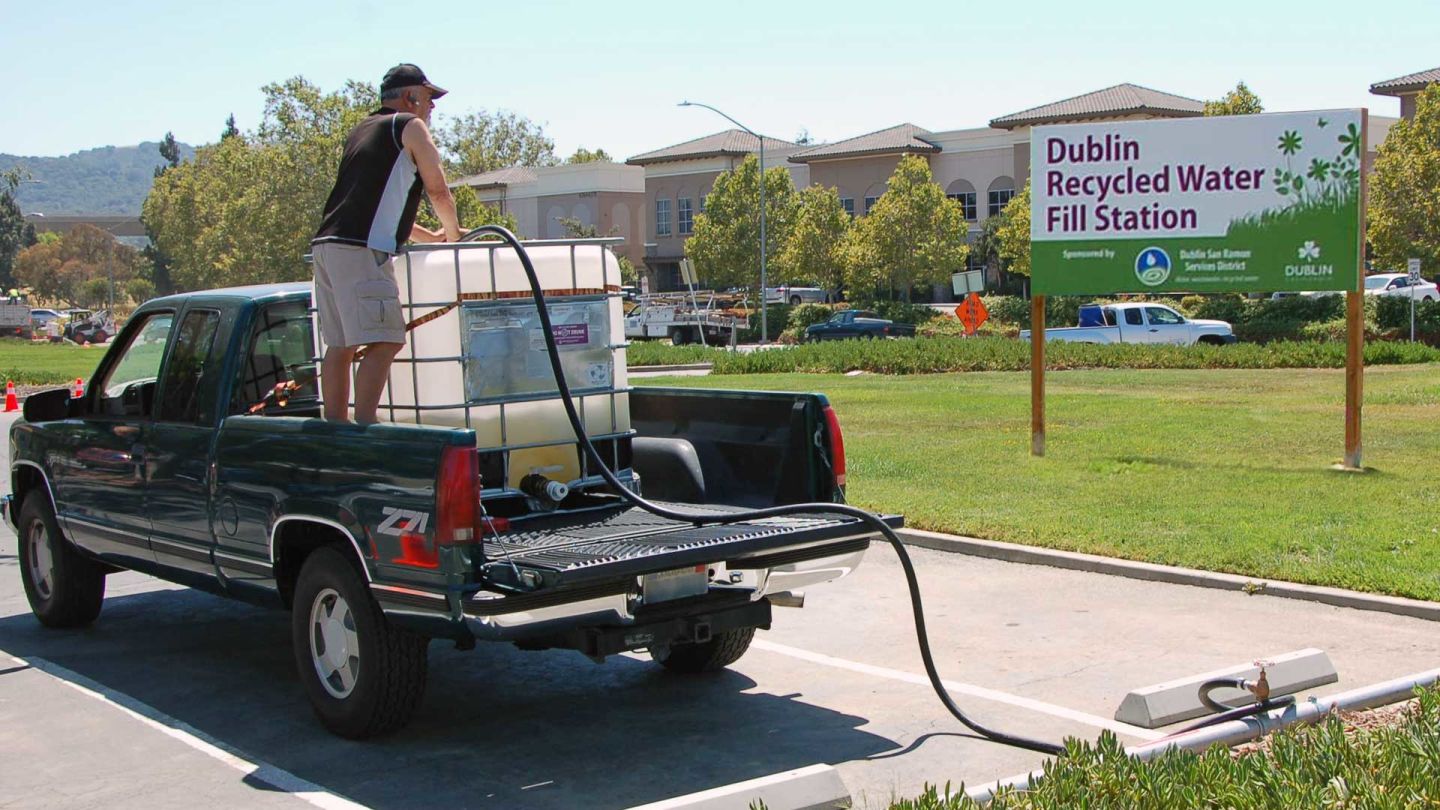Indeed.
The technology for distributed solar and ESS is so good, basically, it can only be slowed down at this point. The state is going to have to figure out another way to pay for "the grid" since we need it. And by "another way" I mean a way other than charges per kwh used, especially peak v. non peak, since I have seen no data that peak rates actually, over the entire population, decrease peak usage in a material way.
That's because the utilities cannot survive if usage decreases, since usage pays for the grid, and the cost of the grid only can go up.
Tangental to this NEM 3.0; but related to what you just said... I encountered the same mindset when speaking with a rep from with my local water utility.
As you're aware, California is in a severe drought; and we are exiting one of the driest rain-seasons ever recorded. So, I was asking them why the water district felt necessary to declare emergency measures under a Phase 2 Drought; all while still presenting a mindset that having a lush green lawn was "manageable with tips". The water utility speaks to lawn conservation efforts such as watering at dawn/dusk and fixing leaks. So they basically present a mindset that having a lush green lawn is "ok" and can be reasonably achieved with minimal effort or change.
The water district does try to push an agenda to motivate homeowners to go with landscaping using drought-tolerant-plants/mulch/porous-hardscape. This would significantly reduce water consumption. But homeowners want their kids to play on their lawns, and they have been ingrained through decades of marketing to want a curb appeal of "green" instead of "desert." So, many homeowners resist going with these specialized hardscapes; and continue to water their lawns even in serious drought conditions. Just looking around my neighborhood, everyone's still watering and dumping water down stormdrains. As long as watering lawns is "ok" they'll expect someone else to reduce so they can keep their green grass. I stopped watering my lawn all together and got hit with an HOA violation.
My question to the water district was to ask why they simply don't come out and openly steer homeowners towards artificial lawns/turf. This way homeowners can keep that precious huge swath of green without using any water at all. I didn't want the utility to offer incentives. I simply wanted the utility to present messaging that could advocate smart ways to go with an artificial turf lawn; instead of their messaging that green grass was "ok with effort." Effectively taking lawns "off grid" could save some homes over 1/3 of their summertime water bill. That should be good right?
The water district came back to me with a response that basically listed dozens of reasons why artificial turf was bad (which I won't bore you with here). Their arguments stem from the older turf lawns installed in the 90s and early 2000's. They cited all sorts of studies and things that once were true, but the artificial turf industry has resolved many of those issues. Ultimately, the water utility was going to die on the hill that artificial turf may permanently reduce water consumption, but such turf was unnatural.
So, the Utility would never provide tips to homeowners on how to install turf lawns that avoid their dozens of pitfalls. Instead, the utility would simply continue to tell homeowners how evil turf lawns are, and find ways to convince homeowners how to use less water to keep their "real grass lawns" green.
Anyway, related to what you just said... the reason the utility needs real grass lawns to persist is that the utility needs people to still have green grass lawns after the drought is over (assuming it ever ends).

As Californians Save Water, Districts Lose Money | KQED
Some water districts are using maintenance funds to keep operating, but there is a better way.
The water districts faced a huge shortfall of revenue in the past as conservation efforts resulted in a curtailment of water consumption. A lawn that is replaced with artificial turf effectively cannot be converted back to real grass in a reasonable way. But a lawn that is simply covered with some desert shrubs and mulch could be reversed. Once this drought ends, the utility needs people to go back to sourcing a ton of water... because the utility needs people to pay the fixed costs. The utilities need lawns to stay "on the grid" in the long run.
Last edited:




